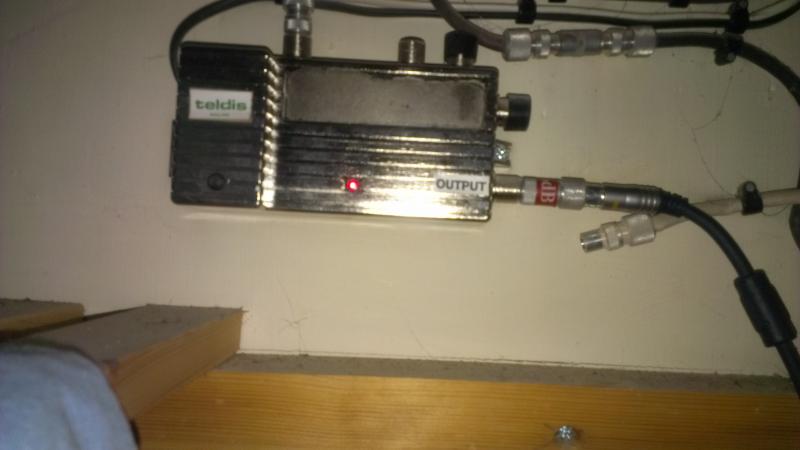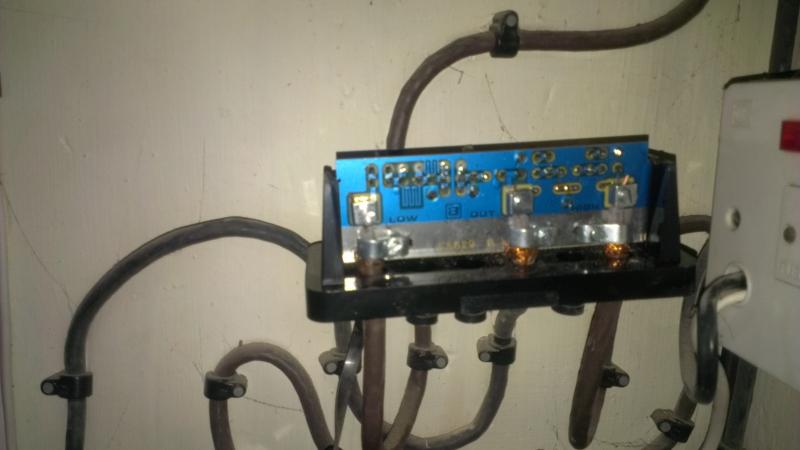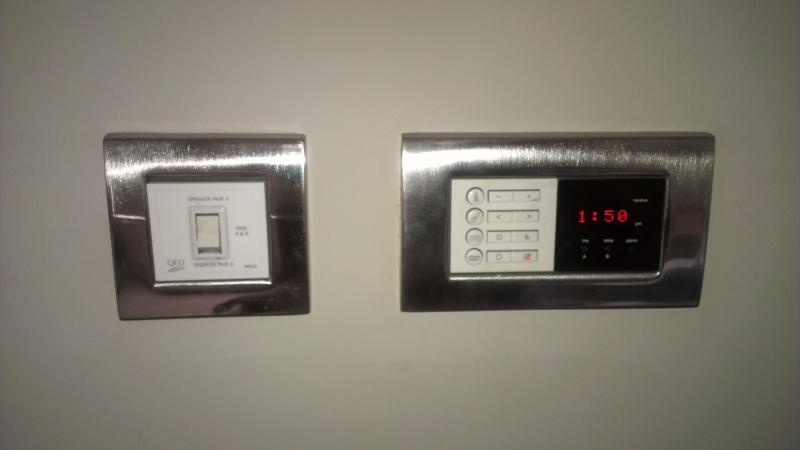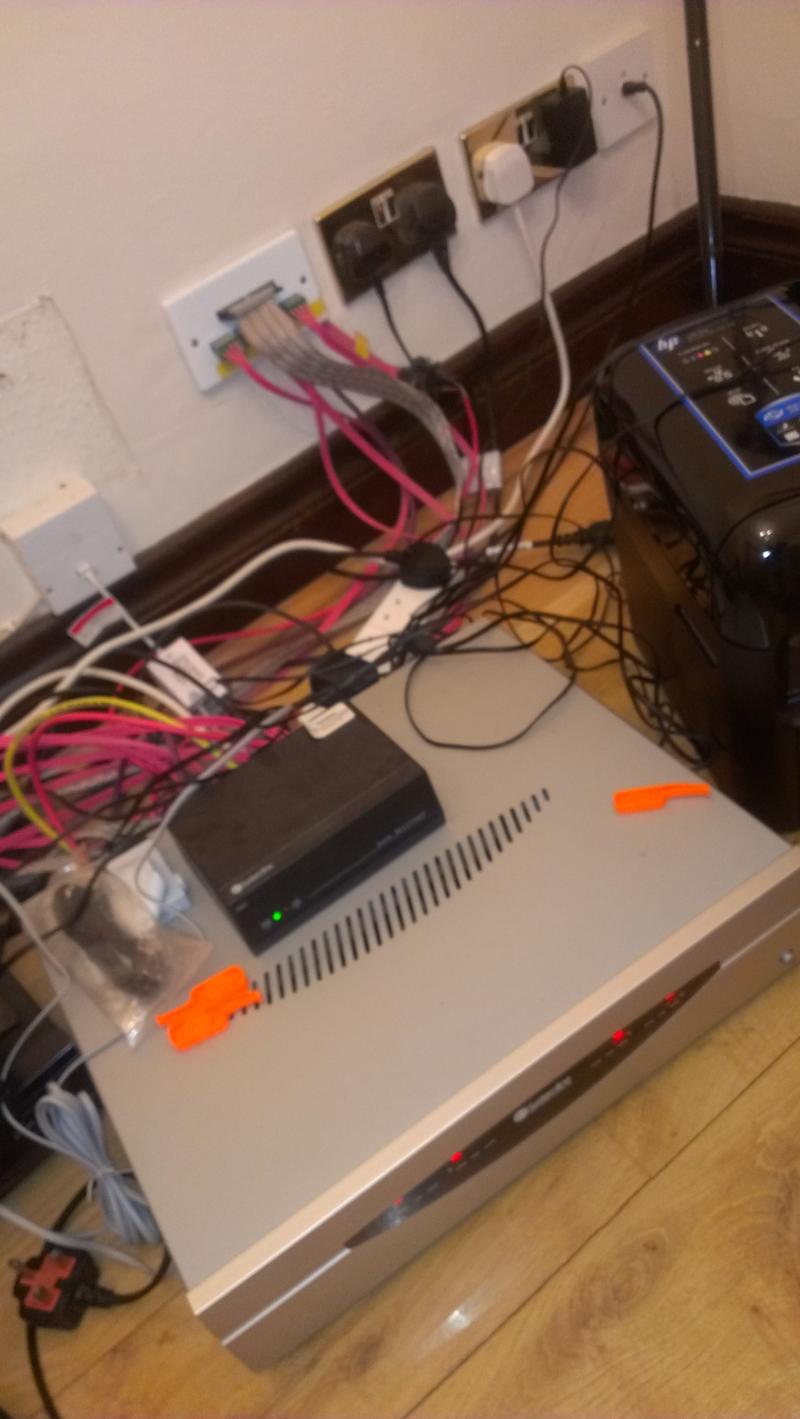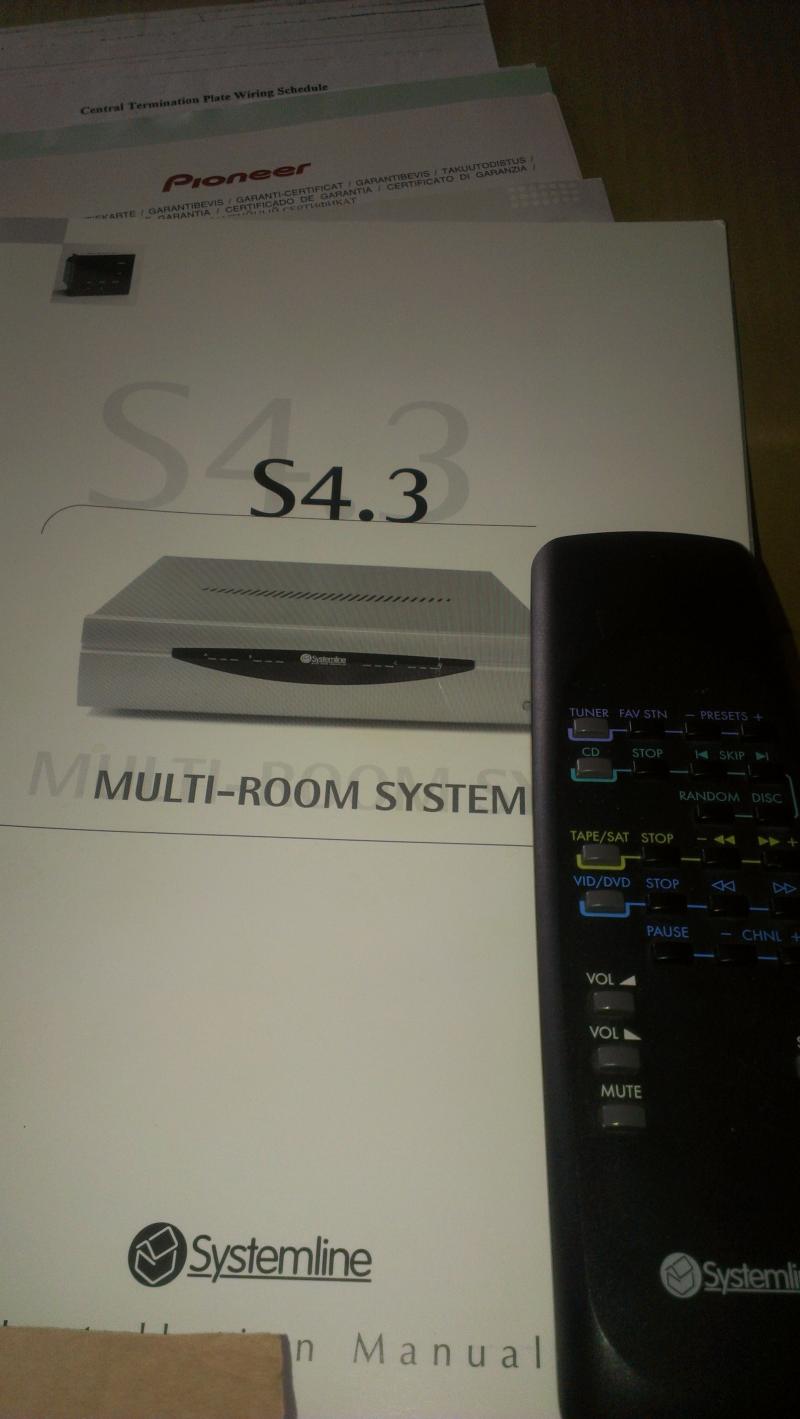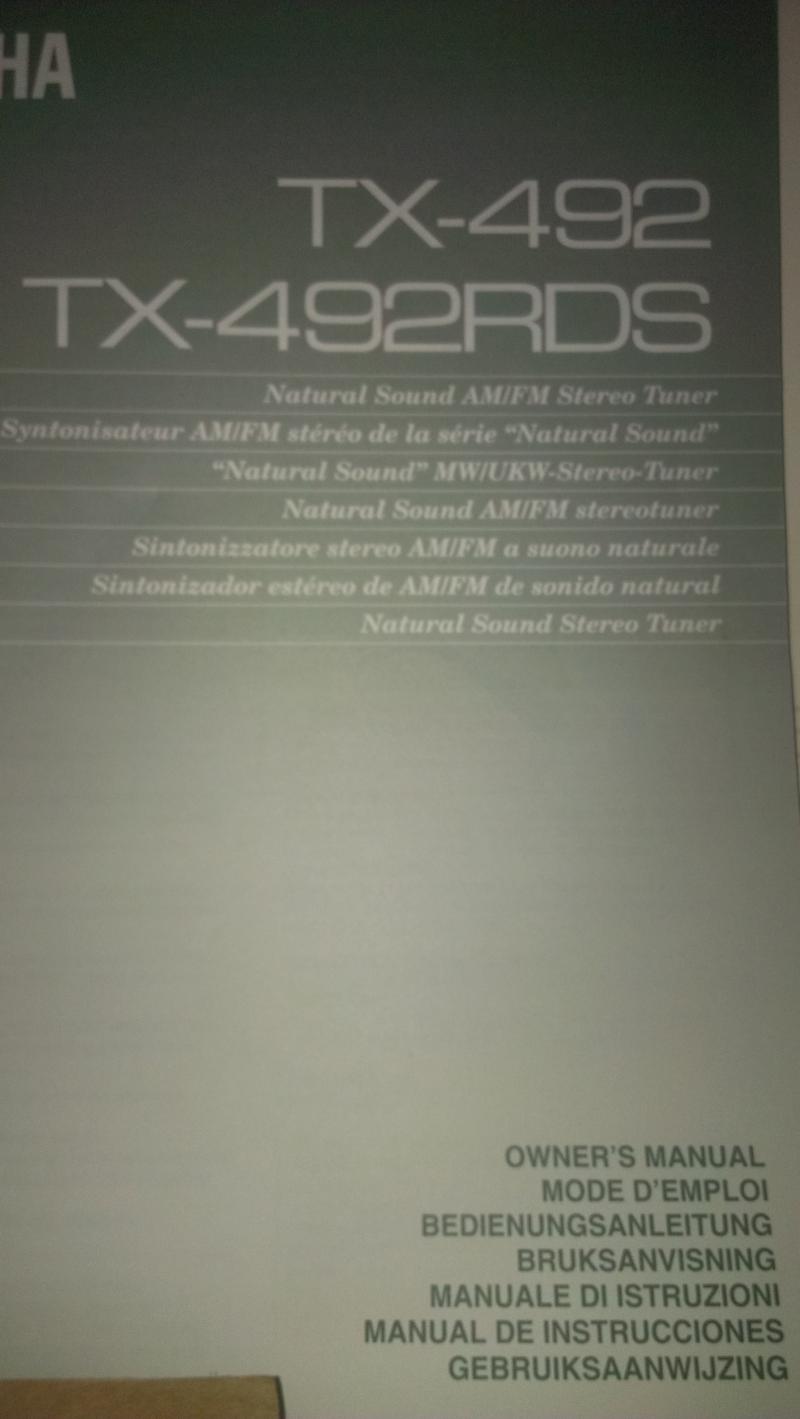Looking closely, the splitter connection was actually a Belling, otherwise known as an IEC

lol... glad we are on the same page

If it was me, I'd work systematically by disconnecting as much as possible and dealing with just what's in that cupboard(?) first. So any cables going off to sockets in the rest of the house get disconnected here. That would be one from the two-way splitter, and two from the black Anitference box. What would be left is the connection from the Labgear power supply (via the splitter) to the input on the Antiference box, and then one output on the Antiference box to the Taldis power supply. That means taking the lid off the Antiference. As a safety precaution I'd recommend switching off the mains socket while you do the wiring work. It's not because the voltages are dangerous (they're not), it's simply to avoid short-circuiting something while you mess with bare cables.
You should also disconnect all the TVs and any recorders connected to the TV socket outputs. You still need the Sky box connected since this is upstream of the distribution system. Just a thought, but while you are at it you could check that the aerial cables to RF-in and RF-out2 are connected the right way round. Put the Sky box on the TV Guide, then disconnect the aerial input to RF-in. Connect a TV at the distribution box. You should still be able to tune in on an analogue channel to see the Sky Guide. What should be missing though is any of the Freeview channels when you switch over to DTV.
Next, start by connecting the TV to the output of the Taldis box. Power back up and do a signal check. The quality will drop a little but you should still have plenty enough to get good TV picture. If you have a problem here then it's either the the Taldis power supply or the Antiference box. If all is good, then move on to connect some other outputs.
I would then connect the second output from the Belling splitter up by the Labgear PSU next. The reason is that this will drop the signal to the rest of the system since it is dividing the signal before the Antiference box. Do the signal quality test again. At this point you're starting to test the integrity of the wiring that goes out to each of the TV sockets. If the signal quality drops a lot then you have identified where the problem is.
It's up to you how thorough you want to be. If the signal is still good then you might decide just to add another line and test, then the final one and test. Or you might go for the "test one line only" approach so you can see what's happening on each line individually, and then start adding outputs to see what happens collectively. If you still have good signal when all the lines are connected then it's time to test by reintroducing the TVs one at a time.
If something is broken in the system then there will come a point where the signal drops enough to cause problems. Working through methodically helps you isolate that item. The other thing to bear in mind is that signal quality deteriorates over distance. So you might be okay with the TV connected at one of the amp outputs. But when the same TV is connected in the living room / bedroom then the cable losses might be what's stopping things working.
While you're trouble-shooting have a quick look at any fly leads from wall sockets to TVs and recorders. Also consider that a cable my have come loose from the back of one of the wall plates. This isn't exhaustive but it gives you some idea of where to start looking.



